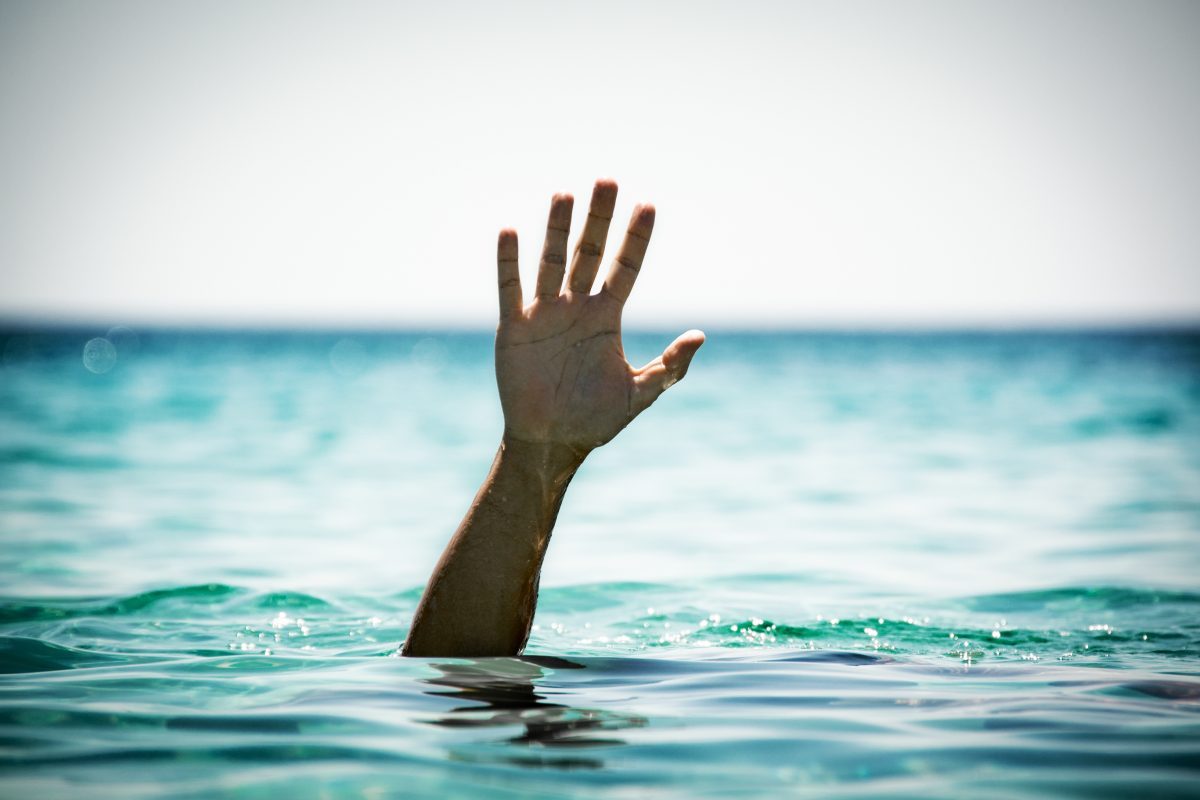
Drowning / Near Drowning
Drowning/Near Drowning.
Drowning is fluid induced asphyxia. Near drowning is the term used when a victim is successfully resuscitated following a drowning episode.
Causes of Drowning.
A swimmer or diver can fall victim to drowning because of overexertion, panic, inability to cope with rough water, exhaustion, or the effects
of cold water or heat loss. Drowning in a hard-hat diving rig is rare. It can happen if the helmet is not properly secured and comes off, or if the diver is trapped in a head-down position with a water leak in the helmet. Normally, as long as the diver is in an upright position and has a supply of air, water can be kept out of the helmet regardless of the condition of the suit. Divers wearing lightweight or SCUBA gear can drown if they lose or ditch their mask or mouthpiece, run out of air, or inhale even small quantities of water. This could be the direct result of failure of the air supply, or panic in a hazardous situation. The SCUBA diver, because of direct exposure to the environment, can be affected by the same conditions that may cause a swimmer to drown.
Symptoms of Near Drowning.
- Unconsciousness
- Pulmonary edema
- Increased respiratory rate.
Treatment of unconscious drowning victims.
- In water rescue requires ventilation alone.
1. Open/Maintain an airway.
2. Check breathing
3. Provide 5 rescue breaths if victim not breathing.
4. DO NOT attempt chest compressions in water. - The victim should be assumed to be in cardiac arrest if there is no response to
rescue breaths. - Once on a stable platform, the patient should be placed in the supine position
It is possible that the patient may only need ventilation.
NOTE:
It is important that we revert back to the ABC method for drowning, rather than the updated CAB.
A: Airway = Make sure airway is open
B: Breathing = Check for breathing; if victim is not breathing, give 2 rescue breaths (if not already done in water rescue).
C: Circulation = Check circulation by feeling for pulse; if pulse is absent, initiate chest compressions.
- Patient should be placed on 100% O2 and AED placed on chest – although a shockable rhythm is unlikely.
- Be prepared to turn patient on their side and suction their airway – vomiting is common.
- Even if AGE/DCS cannot be ruled out – immediately transport patient to nearest hospital for continued treatment of cardiac/respiratory arrest. The mildest cases of drowning will still require post rescue hospitalization and possibly intensive care.
Prevention of Near Drowning.
Drowning is best prevented by thoroughly training divers in safe diving practices and carefully selecting diving personnel. A trained diver should not easily fall victim to drowning. However, overconfidence can give a feeling of false security that might lead a diver to take dangerous risks.
Source: US Navy Diving Manual

